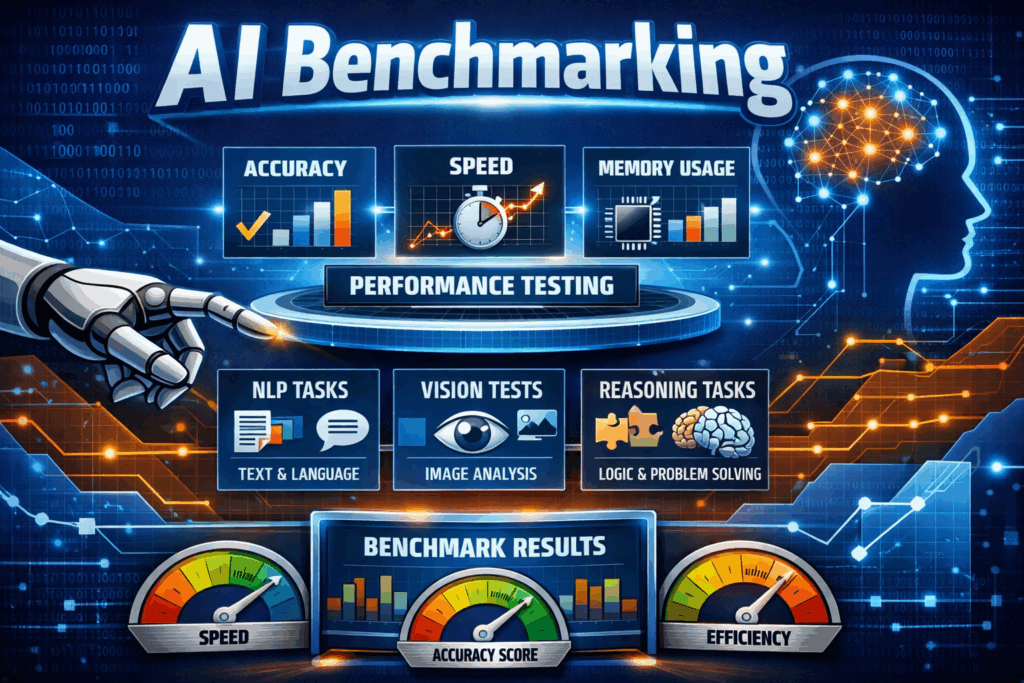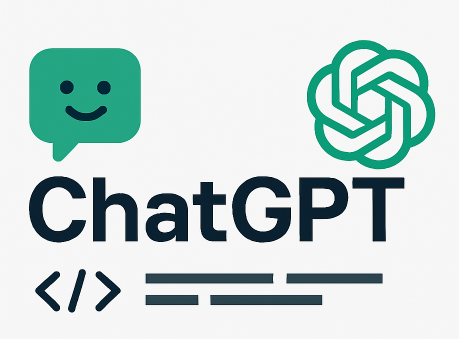I’ve always been skeptical of benchmarks in software engineering and technology in general. Over my 5+ decades of software engineering, I’ve watched industry benchmark activities and reports. You probably have read technical articles and advertisements that often use benchmark results in reviews and comparison ads. During different hyperactive periods of hardware and software technology advances, READ MORE
Category: AI
Using “Modern AI” to Create a Working Solar System Text Adventure Multi-Device Application
This week I gave a presentation, demo and participated in Live Q&A at the Embarcadero CodeRage 2025 online developer conference. My session showed how to use AI tools including ChatGPT v5, Claude Sonnet v4.5, Gemini v3 to build the project and code for a Multi-Device Solar System Text Adventure game using Embarcadero Delphi 13 and READ MORE
Computer science programs rethink curriculum in a world of Modern AI
In a recent GeekWire article, “Coding is dead: UW computer science program rethinks curriculum for the AI era“, by Lisa Stiffler (on July 10, 2025 at 7:25 am), she writes “The rapid adoption of artificial intelligence in the workplace has academic institutions wrestling with the question of how best to prepare the next generation of READ MORE
Quick David I fun with Copilot and Hedra
Taking a quick break from Delphi programming, I wanted to see if I could take one of my selfie pictures and do some quick “modern AI” manipulations using Copilot and Hedra prompts. I started with a selfie picture of me in my home office: That me standing next to the framed Turbo Pascal v1 ad READ MORE
Technology News Worth Reading
Here are a few technology news stories that I’ve read in the past week or so. How to Convert a PDF to PNG or JPG in Java This article reviews three Conversion APIs that will allow you to convert any PDF document into an image. This includes conversion to a PNG or JPG array with READ MORE
Technology News Worth Reading
Here are a few technology news stories that I’ve read in the past week or so. Microsoft’s 10 app store principles to promote choice, fairness and innovation For software developers, app stores have become a critical gateway to some of the world’s most popular digital platforms. We and others have raised questions and, at times, READ MORE
Technology News Worth Reading
Here are a few technology news stories that I’ve read in the past week or so.


